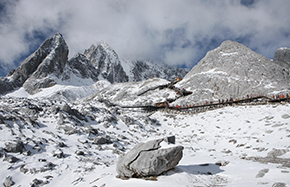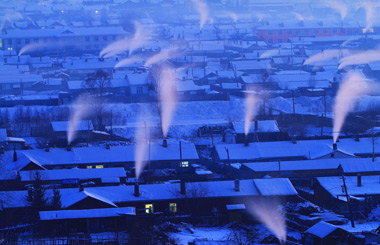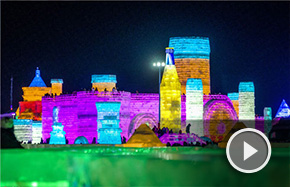Asia's most laid-back capital city
Another temple of significance is the national monument of Pha That Luang, which is a symbol both of the Buddhist religion and Lao sovereignty. Built on the site of a 13th century Khmer temple about 4 kilometres northeast of the city centre, its construction was ordered by King Setthathirat upon moving the capital from Luang Prabang in the mid-16th century.
However, the monument was subsequently badly damaged by Burmese and Siamese invaders, later abandoned, and finally restored, albeit rather badly, by the French colonial administration in 1900. It is said that in the third century BC Buddhist missionaries from India built a stupa (mound-like structure) here to enclose a piece of the Buddha’s breastbone, although excavations have so far found no trace of it.
The third monument of note is the Patuxai, an arch that some people find rather reminiscent of the Arc de Triomphe in Paris. Constructed rather more recently in the 1960s, Patuxai was supposedly built with US concrete intended for the construction of a new airport runway. A shadow of the French original, nonetheless it does have a stairway up to the top level, giving great views over Vientiane.
While other interesting sights include: Haw Pha Kaew next to the Presidential Palace, which houses the Emerald Buddha, one of the two most scared images of Buddha in Laos; Wat Simuang, which is the most popular and active temple; the Lao National Museum; and the "Friendship Bridge" spanning the Mekong to Thailand, the truth is that the real pleasure of Vientiane comes from experiencing firsthand its laidback lifestyle, with its street level food, its wine, its Lao massage parlours and getting up close and personal with its nightlife.





















